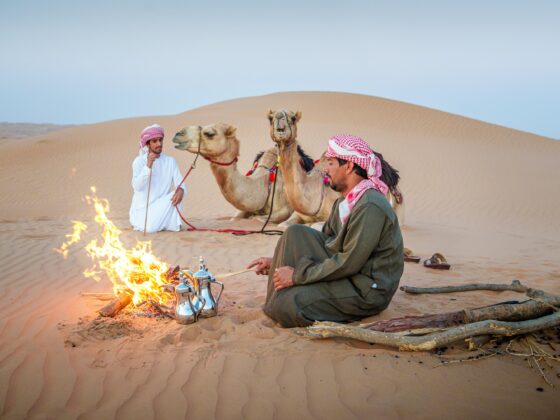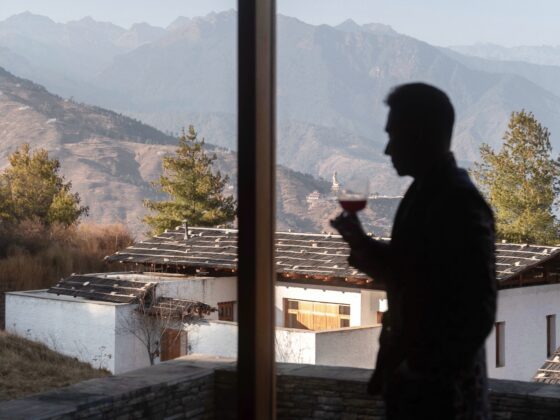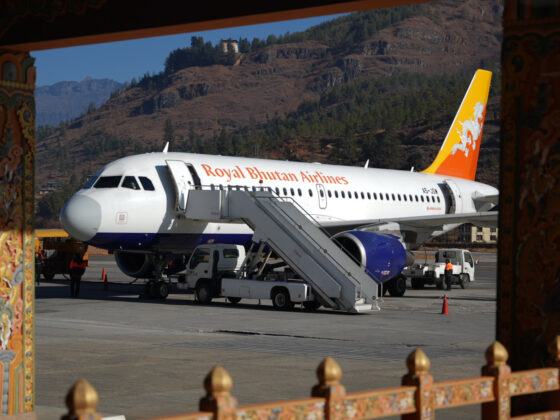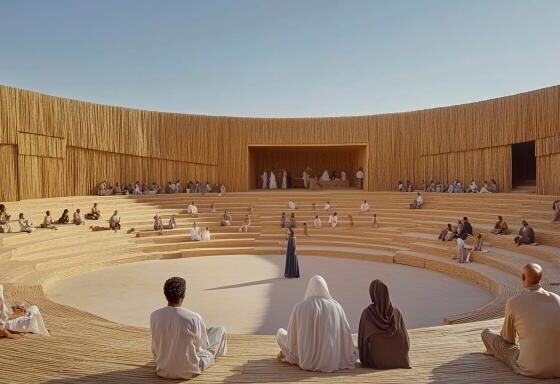by ALI MOHAMMADI
Snake Canyon, also known as Snake Gorge or Wadi Bimah, is a canyon within Wadi Bani Awf in wilayat Al Rustaq in the South Batinah Governorate of Oman. With its awe-inspiring tall cliffs, impressively narrow paths and blue pools (sometimes murky and dried up – more on that later) Snake Canyon has been one of the most popular destinations for canyoning and lovers of adventure in Oman – with good reasons too!

Having heard so much about Snake Canyon over the past few years, with many planned trips falling through, I was very glad to finally be able to visit it a couple of times already over the past few months. The thrill of exploring Snake Canyon, a combination of trekking, abseiling down large cliffs, swimming and a couple of jumps, makes it a fantastic adventure that is highly recommended for any adventurers and outdoor lovers visiting Oman – with a few caveats!
In this feature, I will take a stab at clarifying some of the confusion surrounding the naming and location of Snake Canyon, explain some of the considerations you should take before visiting and highlight the dangers involved in this trip – so read ahead!

Snake Canyon is the name given to the main canyon in Wadi Bani Awf, which is visible (and runs along) from the mountain path connecting Al Batinah to Al Hamra, which is really awesome and highly recommended route. Snake Canyon is the popularised name that has been probably coined by adventure enthusiasts due to the way the canyon bends, resembling the shape of a snake, while the Arabic name (meaning Canyon of Snakes) alludes to the presence of snakes in this canyon. Now, not to scare you but wadis in Oman do have snakes and they can be often seen in shallow pools. I have only seen snakes a handful of times in my countless Wadi trips – and only once in Snake Canyon. I understand that they are venomous; however, these snakes are really tiny, shy and not aggressive at all – they are probably more scared of you than you are of them. So you should be completely fine as long as you keep your distance from them.

I could not actually find out what the villagers call the part of the wadi now known as Snake Canyon, but it seems that people sometimes refer to it as Wadi Bimah due to the nearby Bimah Village, although Snake Canyon is also accessible from a couple of other villages, including Hatt and Al Zamah, with each probably calling it something else. Having said that, the most popular section of the Snake Canyon is known as the Right Fork, where it stretches from the part of the gorge under Balad Sayt village and ends at Al Zamah Village. The Left Fork section of the Snake Canyon is a shorter trek starting from Bimah Village and ending at Al Zamah as well.
These should not be confused with what is popularly referred to as the Little Snake Canyon, which is not connected to either Left or Right forks and is a bit of a drive up from Al Zamah Village.

The Right Fork
This is the route to take if you are really looking for the full gamut of experience at Snake Canyon – trekking, abseiling with ropes, swimming and jumping in pools. It starts right off the bat with a big cliff jump into a water pool (approximately five to six metres high), and once you jump there is no turning back so you will have to proceed with the full route. I think this is a good way to gauge your ability and ‘fear-factor’ of proceeding with this trip, as this is the scariest, fear-inducing portion of the entire route, in my opinion. Having said that, it is also possible to abseil down this stretch, which again is a great way to get a feel for abseiling if it is your first time trying.
The route through Snake Canyon has been formed from the carving of the rocks due to water erosion, resulting in smooth polished surfaces. This makes the rocks extremely slippery and difficult to grip, so you should be well aware of this, especially when trying to jump into a pool from an awkward angle or traverse through some of the trickier portions. After the pool jump, there will be a bit of trekking, lots of other pools to swim through, a couple more (shorter) pool jumps and two drops (approximately 15-20 metres) that you will need to use ropes to abseil down.

The whole path should take anywhere between four to six hours depending on how many people there are in your group, and how many stops you’d make. You will go through the narrowing path of Snake Canyon surrounded by impressively tall cliffs – some part just wide enough that you are almost able to touch the sides of the canyon with your arms outstretched. Half-way through you will reach a really cool cave with limestone formations hanging down the side. Unfortunately, the water levels at Snake Canyon has been receding over the past couple of years to a level where many pools are much shallower than they used to so there are fewer slides and jumps to do. This also results in some of the pools being filled with murky stagnant water – not the most pleasant to swim through, but alas that is part of the adventure.

The Left Fork
The left fork of Snake Canyon starts further down the canyon than the Right Fork, reducing the total distance to be traversed. I have not personally gone through this route yet, except to take photos at the start of it before even reaching the pools. However, I understand that this entire route takes approximately two to three hours, connecting to the main Snake Canyon route after about an hour. No abseiling or ropes are required here, but you still need to do a couple of cliff jumps, from which there is no way back – so this route also goes one-way and ends at Al Zamah Village.
About the Contributor: Ali Mohammadi is a blogger and tour guide who has been running Oman Tripper since 2012. His blog was founded in order for him to showcase and share some of the fantastic places worth visiting in Oman. Ali is also a licensed tour guide and conducts customised tours and hiking trips whenever time permits. Read more stories at OmanTripper.com











